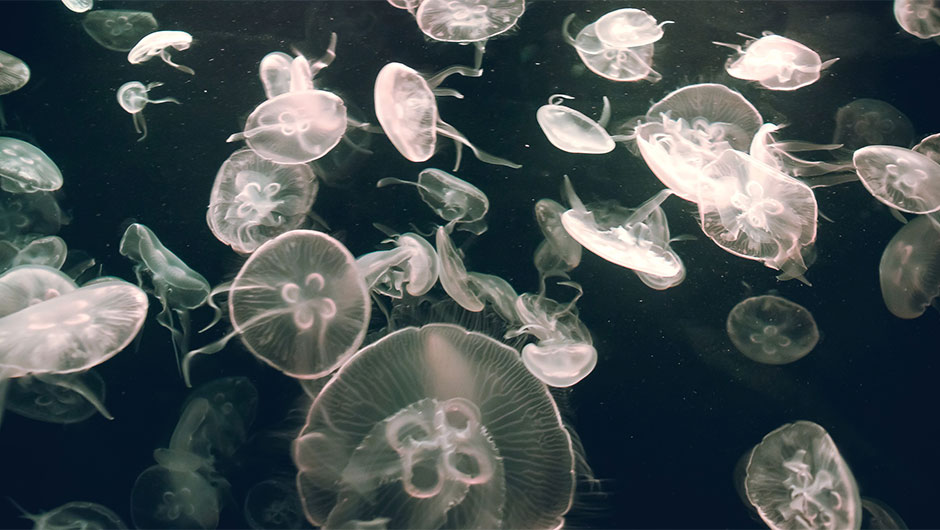While the average human may live around 71 years, the animal kingdom hosts some remarkable exceptions that dwarf this number with their extraordinary lifespans. In nature, size often correlates with longevity, with larger animals tending to live longer because of their slower-paced metabolism and heart rates.
This biological economy allows giants like whales and elephants to grace our planet for decades. However, it’s not just size that counts; some of the world’s oldest animals are neither large nor particularly imposing, yet they possess the secret to an incredibly extended existence.
Across millions of years, Earth’s ever-changing environment has led to the extinction of countless species, yet some remarkable animals have adapted and survived.
Let’s meet the 10 oldest animal species that are still with us today, living links to the distant past of our planet.
Cyanobacteria are a unique group of bacteria capable of photosynthesis, much like plants and algae. They contain chlorophyll, enabling them to produce oxygen. These are among the earliest known life forms on Earth, with a fossil record that dates back to at least 3.5 billion years ago.
Cyanobacteria, tiny but mighty, have played a huge role in Earth’s history. They created the oxygen-rich atmosphere we need for life by photosynthesizing for billions of years, changing the air from something very different into what we breathe today.
Cyanobacteria exhibit a remarkable survival strategy. They thrive in various water types, including freshwater, brackish, and marine environments. These microscopic organisms are photosynthetic, harnessing sunlight to produce their own food, ensuring their survival.
Sponges have been around for approximately 890 million years, based on the fossil record. They are considered one of the earliest multicellular animals. Sponges belong to the animal phylum Porifera, and they are one of the oldest living animals on Earth.

